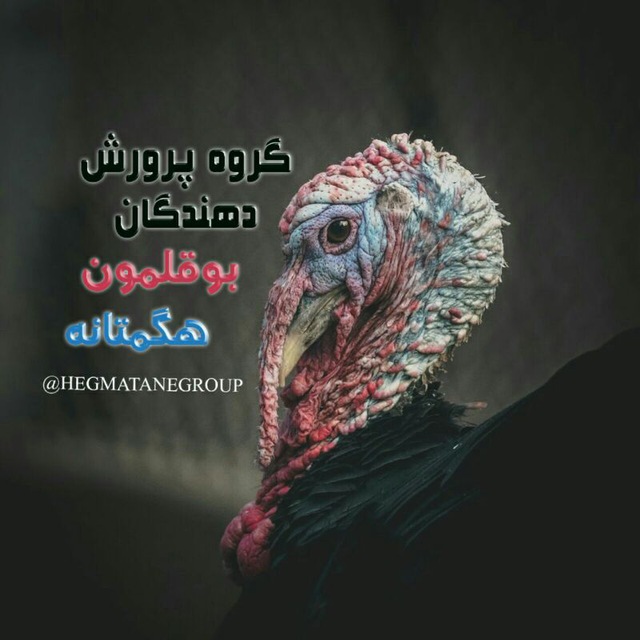Diet routine 30-40% and extra calcium (3% more).
If the joint contains straw-colored exudate, we have viral infectious synovitis (reovirus). Rupture of gastrocnemius tendon and achilles tendon, accumulation of yellow axoda can also be seen in the rabbit joint. Greenish discoloration with bleeding under the skin with swelling above the rabbit joint due to tendon rupture.
In infectious growth retardation syndrome, tiny and bloated chickens, ruffled and broken feathers, and pregastric inflammation can be seen up to 2-3 times their normal size.
Clumsiness and stomping, tilting of the head into the legs or to the side, and epistotonus and backward locomotion are due to vitamin E deficiency.
Binge drinking, muscle weakness and imbalance, convulsions and death, and in the carcass ascites, hyperemia and organ bleeding, hydropericardium and diarrhea are the symptoms of salt poisoning.
Imbalance, abrasion at the end of the feather roots, which leads to the breaking and loss of feathers, walking like a goose, goose stopping, are symptoms of dream deficiency.
6- Diarrhea color:
Chalky diarrhea is seen in viral diseases and mucous diarrhea in microbial diseases (Kelli bacillosis-salmonosis), bloody diarrhea in coccidiosis, yellow diarrhea in pasteurosis, and green diarrhea in Newcastle disease and influenza.
In coccidiosis, bloody diarrhea with bleeding and necrotic spots in the intestinal mucosa, wilting of the herd and increased water consumption can be seen.
7- Other symptoms:
If a velvety and towel-like appearance is seen in the second part of the intestine during the autopsy, we have necrotic enteritis.
If we have swelling in the beard, the first thing that can be suspected is pasteurosis (cholera), which is acute on one side and chronic on both sides. The inclination of the head backwards is a sign of involvement of both ears and to the sides is a sign of involvement towards the affected ear.
If over the age of three months, we have purulent serous secretions from the nose and eyes and swelling of the sinuses of the face and beard, conjunctivitis, and in general, involvement of the upper part of the respiratory tract, but the casualties of the disease are not high and the contagion reaches 100%, we may face chryza .
Fat spoilage causes ascites and milky white fluid. Losses are somewhat high but relatively stable and the appetite is good.
Mouthing, weakness and paralysis, tremors and sudden death are symptoms of heatstroke. Losses are somewhat high but relatively stable and the appetite is good.
Ascites due to the rapid growth of chickens and increased exposure and increased cold (winter) and high sodium in the diet and the low age of the mother hen.
Cannibalism (self-eating) due to lack of protein – crowding – lack of salt and high light.
Sudden Death Syndrome or “S.D.S” is usually characterized in roosters by hanging and falling on their backs. In the colorless breast carcass, the intestines and viscera and the heart and lungs are full of blood, the digestive tract is full of food and the bile is empty. In laying hens, at the peak of egg-laying, it is determined by the prolapse of the prolapsed cloaca.
If we see shortness of breath and open-mouth breathing without respiratory rales in young chickens, eye secretions under the third eyelid and nose in the ocular form, neurological symptoms (imbalance-epistothenus-backwardness and paralysis) in the brain form and in caseous carcasses. We have Aspergillus. In the infected egg, the air chamber is covered with a green felt covering. If the losses are from the first day, it is due to the contamination of the hatchery, which causes 10 to 50% losses, and then the disease becomes chronic, in which the birds suffer from oxygen deficiency and ascites due to chronic respiratory distress. Delayed losses from litter or contaminated food. Small millet grains are caused by hatchery contamination and larger grains on the lung and segdan are the cause of grain contamination
This post is written by None
